Basements are often the most overlooked space in a home, but they hold incredible potential. Whether you envision a cozy family room, a personal gym, a home office, or a creative studio, the right flooring can completely transform your basement into a welcoming and functional area. However, choosing the perfect basement flooring can feel overwhelming, especially with so many options on the market and the unique challenges basements often present.
One of the biggest hurdles when selecting basement flooring is dealing with moisture. Basements tend to be cooler and damper than other rooms, which can cause certain flooring materials to warp, buckle, or develop mold over time. This makes it essential to pick flooring that can handle moisture and fluctuating temperatures without sacrificing style or comfort.
Another important factor to consider is durability. Basements often serve multiple purposes and may experience different types of foot traffic—from kids playing to exercise equipment rolling across the floor. You want flooring that can withstand wear and tear while still looking great years down the road.
The good news is that many basement flooring options today are designed with these challenges in mind and can be installed by homeowners themselves. DIY-friendly flooring solutions not only save you money on professional installation but also give you the satisfaction of personally upgrading your space.
In this article, we’ll explore 10 basement flooring ideas that are perfect for DIYers. From budget-friendly paints and stains to stylish luxury vinyl planks and durable ceramic tiles, each option has its own set of benefits and things to watch out for. We’ll also cover important tips on preparation, installation, and maintenance to help ensure your project is a success.
Whether you’re a first-time DIYer or have tackled home improvement projects before, this guide will help you find the best flooring solution to fit your basement’s conditions, your style preferences, and your budget. By the end, you’ll have a clear picture of how to create a basement floor that’s not only beautiful and practical but also something you installed yourself with pride.
Let’s dive in and discover which basement flooring idea is right for you!
What to Consider When Choosing Basement Flooring
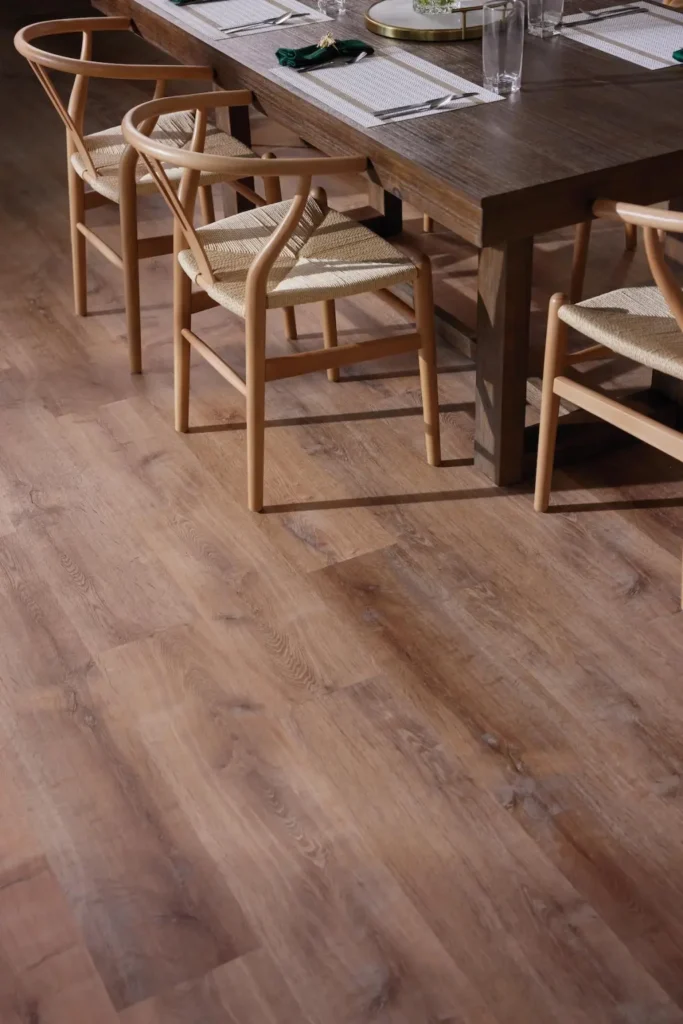
Before diving into the options, it’s essential to consider the unique conditions of your basement:
- Moisture Levels: Basements are prone to dampness. Choose materials that can withstand moisture.
- Temperature Fluctuations: Basements can be cooler than other parts of the house.
- Traffic: Determine the level of foot traffic the area will receive.
- Purpose: Consider the intended use of the space (e.g., laundry room, home theater, gym).
- Budget: DIY projects can save money, but materials and tools still come at a cost.
Keeping these factors in mind will help you select the most suitable flooring option.
Basement Flooring Options That You Can DIY
1. Paint
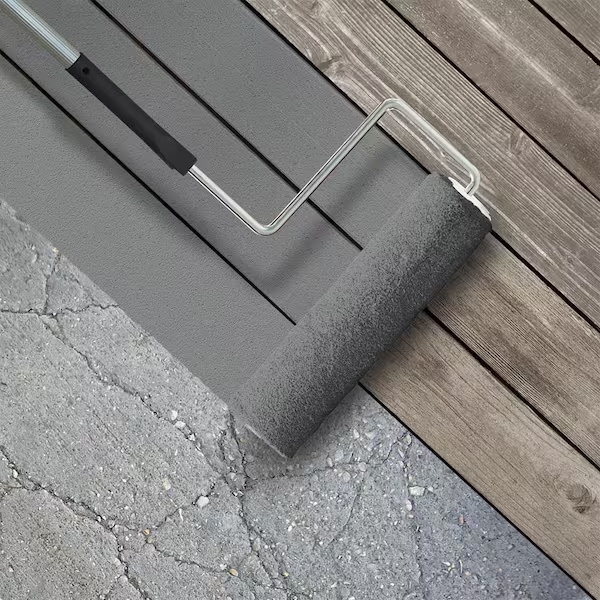
Overview: Painting your concrete floor is one of the most cost-effective ways to refresh your basement.
Pros:
- Inexpensive and easy to apply.
- Available in various colors and finishes.
- Quick drying time.
Cons:
- May peel or chip over time, especially in high-traffic areas.
- Requires proper surface preparation.
Tips:
- Use a high-quality concrete floor paint.
- Apply a primer before painting to ensure better adhesion.
- Consider adding a non-slip additive for safety.
2. Concrete Stain
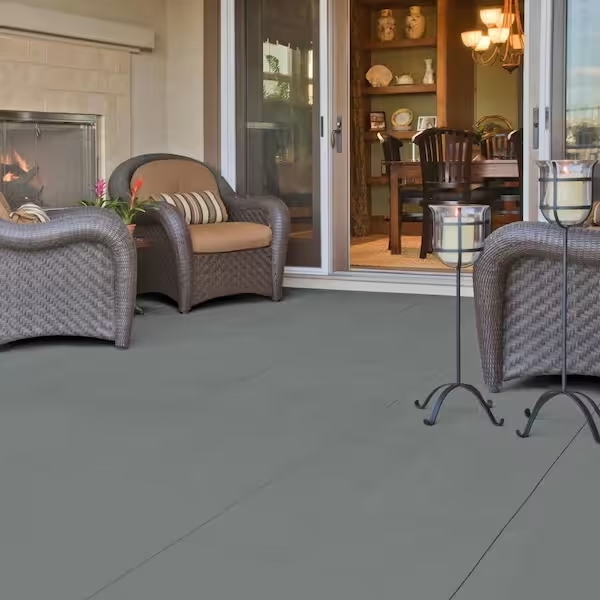
Overview: Concrete staining offers a more durable and aesthetically pleasing finish than paint.
Pros:
- Penetrates the concrete, providing a long-lasting color.
- Enhances the natural texture of the concrete.
- Available in various hues and intensities.
Cons:
- Requires more preparation and time than painting.
- May need periodic resealing.
Tips:
- Choose between acid-based or water-based stains.
- Test the stain on a small area first to ensure desired color.
- Seal the floor after staining to protect the finish.
3. Epoxy
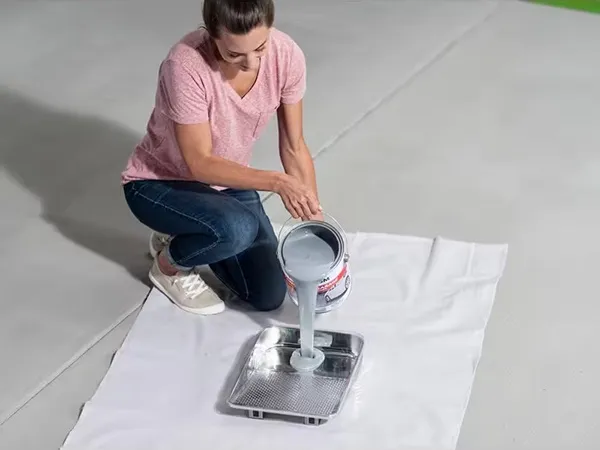
Overview: Epoxy coatings provide a glossy, durable finish that’s resistant to stains and moisture.
Pros:
- Highly durable and resistant to chemicals.
- Easy to clean and maintain.
- Available in various colors and finishes.
Cons:
- Requires proper surface preparation.
- Can be slippery when wet.
Tips:
- Follow the manufacturer’s instructions carefully.
- Ensure the basement is well-ventilated during application.
- Apply in thin, even coats to avoid bubbling.
4. Luxury Vinyl Plank (LVP)
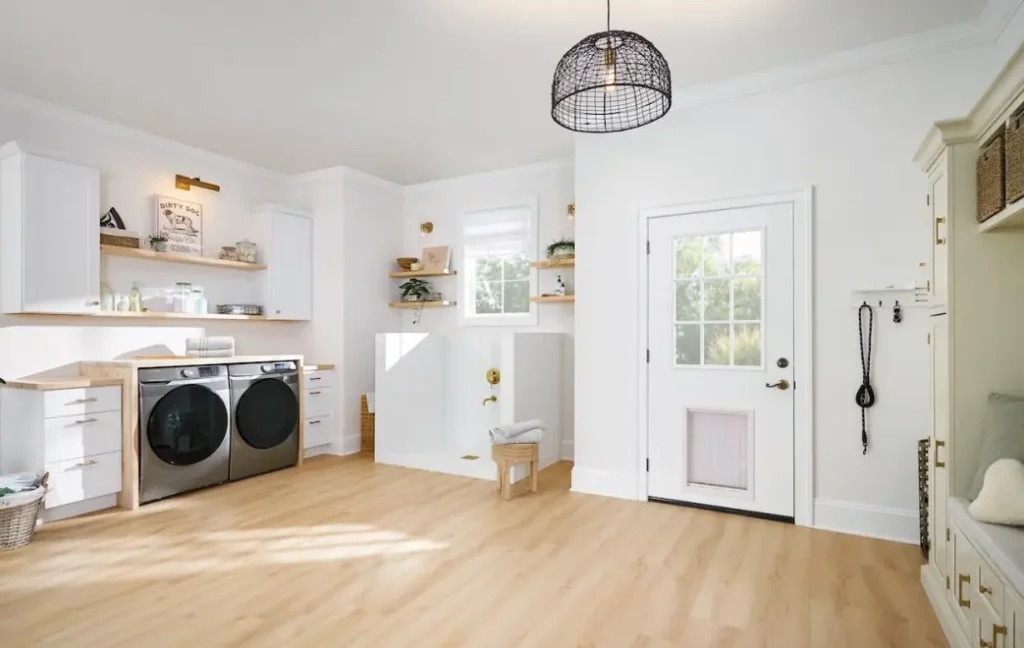
Overview: LVP mimics the look of hardwood but is more suitable for basement conditions.
Pros:
- Waterproof and resistant to moisture.
- Easy to install with click-lock systems.
- Available in various styles and finishes.
Cons:
- Can be damaged by sharp objects.
- May emit VOCs; ensure proper ventilation during installation.
Tips:
- Acclimate the planks to the basement temperature before installation.
- Use a vapor barrier if installing over concrete.
- Maintain a gap around the perimeter for expansion.
5. Rubber Flooring
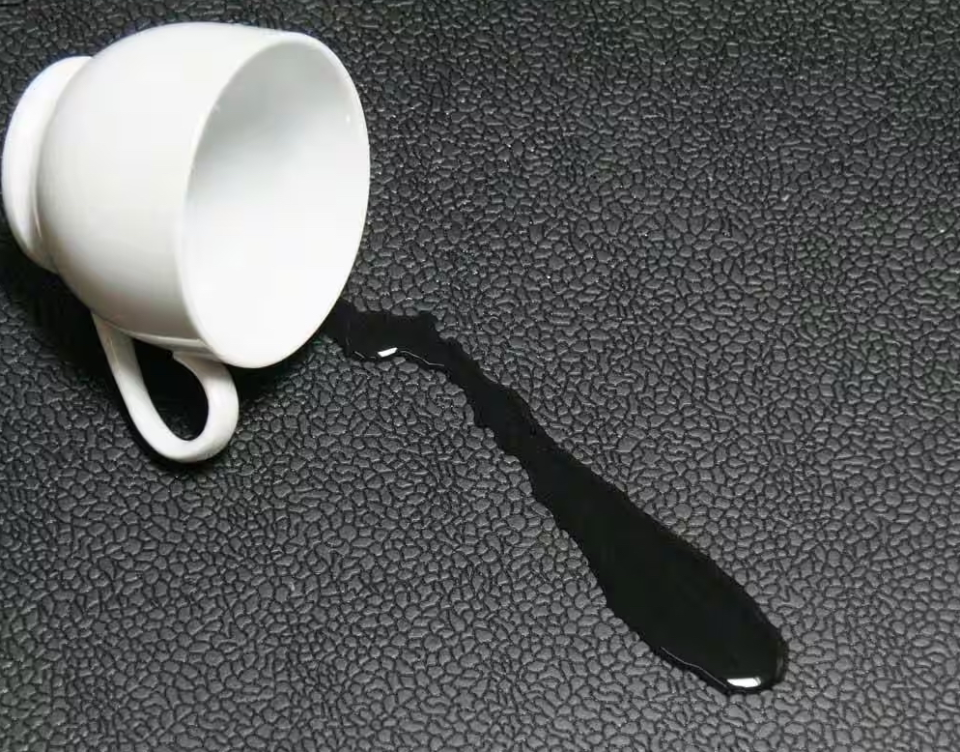
Overview: Rubber flooring is ideal for basements used as gyms or play areas.
Pros:
- Provides cushioning and noise reduction.
- Durable and resistant to wear.
- Easy to clean and maintain.
Cons:
- Can emit a strong odor initially.
- May stain if exposed to certain chemicals.
Tips:
- Ventilate the area well during installation.
- Use interlocking tiles for easier installation.
- Clean spills promptly to prevent staining.
6. Carpet Tile
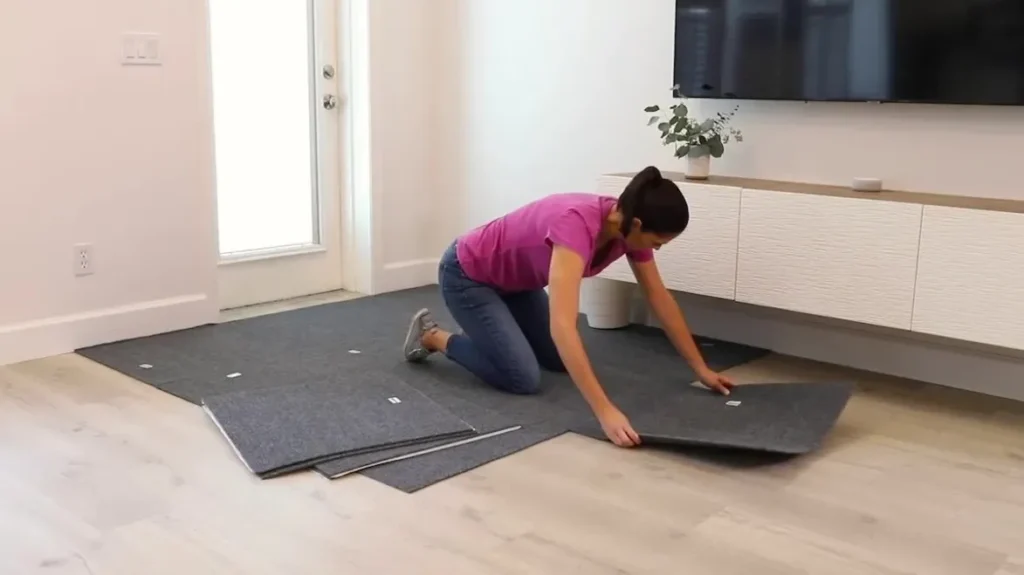
Overview: Carpet tiles offer comfort and warmth to basement spaces.
Pros:
- Soft underfoot and provides insulation.
- Modular design allows for easy replacement of damaged tiles.
- Available in various colors and patterns.
Cons:
- May absorb moisture if not properly sealed.
- Requires regular cleaning and maintenance.
Tips:
- Choose carpet tiles with moisture-resistant backing.
- Install a vapor barrier if placing over concrete.
- Use a carpet adhesive suitable for basement conditions.
7. Sheet Vinyl
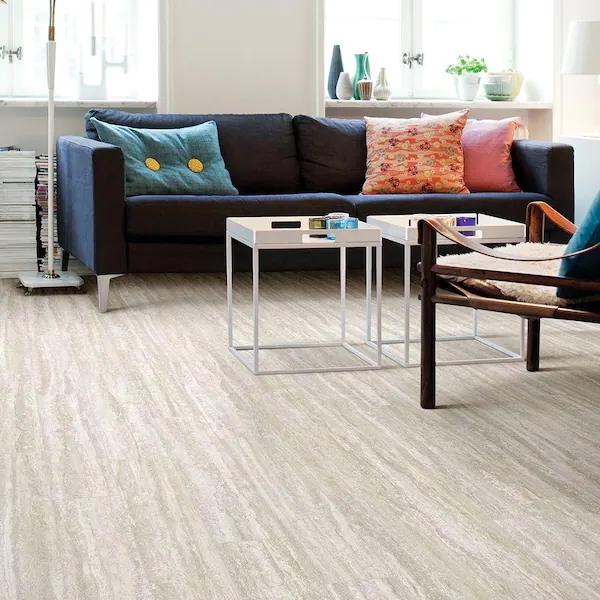
Overview: Sheet vinyl provides a seamless, waterproof surface.
Pros:
- Completely waterproof and resistant to stains.
- Available in various designs, including wood and tile looks.
- Easy to clean and maintain.
Cons:
- Can be challenging to install without professional help.
- Seams may lift over time if not properly sealed.
Tips:
- Ensure the subfloor is clean and smooth before installation.
- Use a high-quality adhesive recommended by the manufacturer.
- Roll the vinyl after installation to ensure proper adhesion.
8. Cork
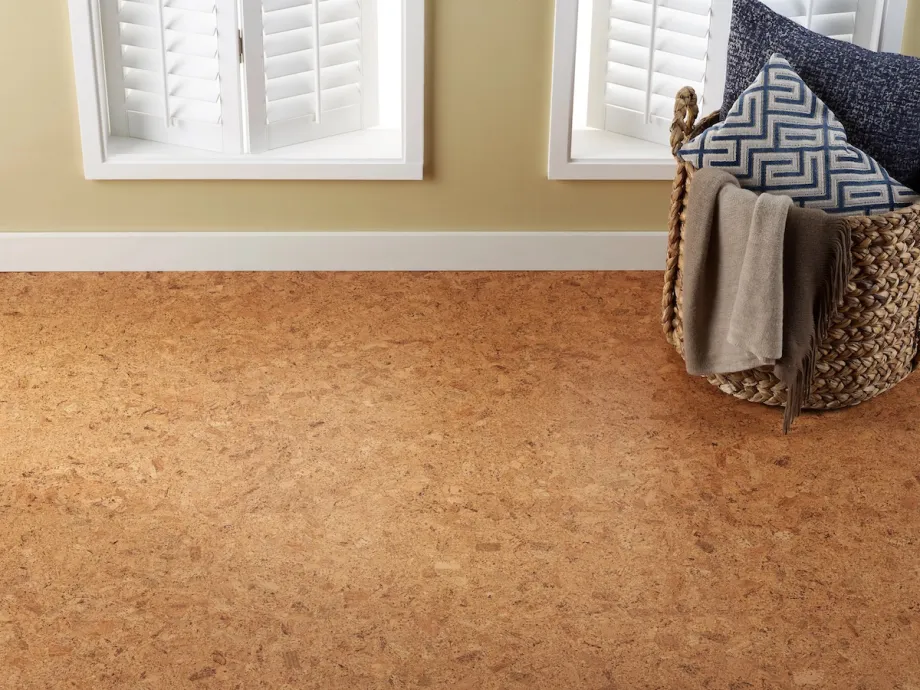
Overview: Cork flooring offers a unique, eco-friendly option for basements.
Pros:
- Sustainable and made from renewable resources.
- Provides natural insulation and sound absorption.
- Soft underfoot and comfortable to walk on.
Cons:
- Can be damaged by heavy furniture or sharp objects.
- Requires sealing to protect against moisture.
Tips:
- Choose cork tiles with a protective finish.
- Seal the floor after installation to prevent water damage.
- Avoid placing heavy furniture directly on the cork.
9. Bamboo
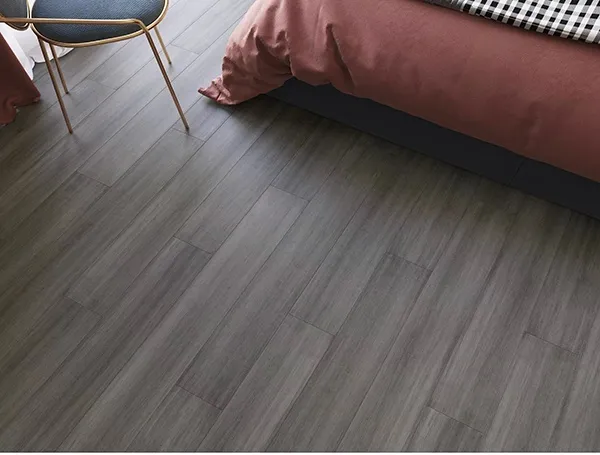
Overview: Bamboo is a sustainable and durable flooring option.
Pros:
- Eco-friendly and made from renewable resources.
- Harder than many hardwoods, making it durable.
- Offers a unique aesthetic with natural grain patterns.
Cons:
- Can be susceptible to moisture if not properly sealed.
- Requires acclimation before installation.
Tips:
- Use engineered bamboo flooring for basement applications.
- Install a vapor barrier to protect against moisture.
- Maintain humidity levels in the basement to prevent warping.
10. Ceramic Tile
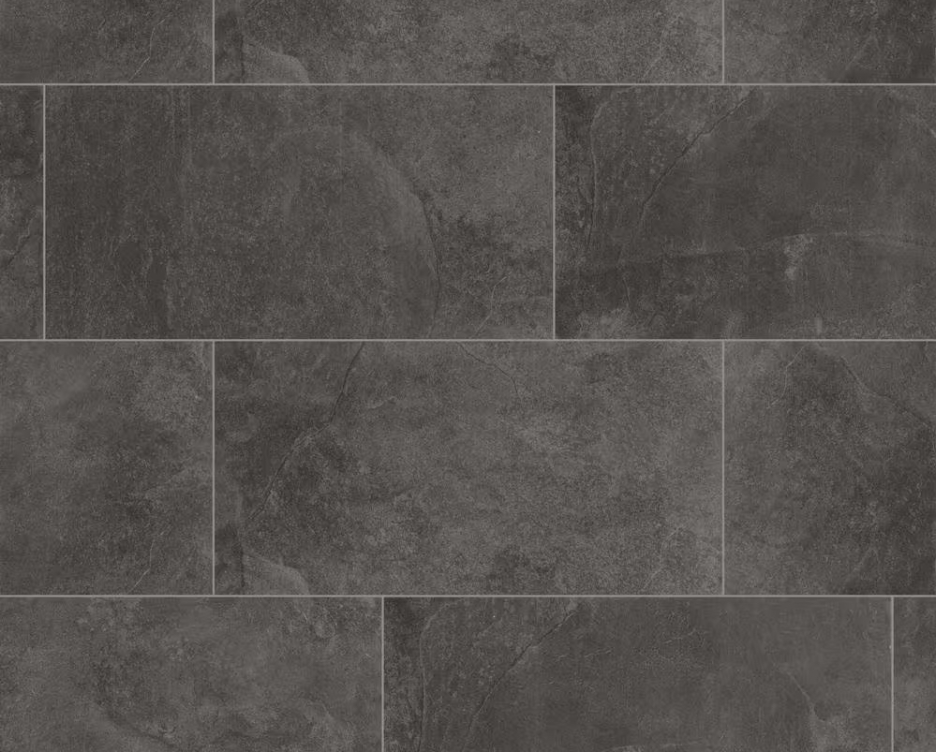
Overview: Ceramic tiles provide a classic and durable flooring solution.
Pros:
- Highly durable and resistant to moisture.
- Available in various styles, colors, and sizes.
- Easy to clean and maintain.
Cons:
- Cold underfoot; may require area rugs for comfort.
- Installation can be labor-intensive.
Tips:
- Use porcelain tiles for better moisture resistance.
- Ensure the subfloor is level and clean before installation.
- Use a high-quality grout and sealant to protect the tiles.
Final Thoughts
Choosing the perfect flooring for your basement is more than just picking what looks good—it’s about finding a solution that meets the unique challenges and needs of the space. Basements often face moisture, cooler temperatures, and sometimes uneven surfaces, which can make selecting flooring a bit tricky. But with the variety of DIY-friendly options available today, transforming your basement into a beautiful, comfortable, and functional area has never been easier.
First, consider the purpose of your basement. Will it be a cozy family room, a home gym, a playroom, or maybe a laundry area? The way you plan to use the space should guide your choice. For example, if you want a soft, warm area where kids can play, carpet tiles or cork flooring can be excellent options. If you need something tough and moisture-resistant for a workout zone, rubber flooring or epoxy coatings might be better. Understanding how the space will be used helps narrow down your choices and ensures your new floor stands up to daily wear and tear.
Moisture is another key factor. Basements are notorious for being damp or prone to occasional water seepage, so it’s important to choose flooring materials that can handle these conditions. Luxury vinyl planks, sheet vinyl, epoxy coatings, and ceramic tiles are all highly resistant to water damage. On the other hand, natural materials like bamboo or cork, while beautiful and eco-friendly, require proper sealing and care to protect against moisture. Taking the time to prep your basement floor by sealing cracks, using vapor barriers, or installing a dehumidifier can also help prolong the life of your flooring, regardless of the material you pick.
Budget plays a big role, too. The great news for DIYers is that many basement flooring options come at a range of price points to fit different budgets. Painting or staining a concrete floor can be extremely budget-friendly, requiring only paint and some prep supplies, and giving your basement a fresh look with minimal cost. On the other end, materials like luxury vinyl plank or ceramic tile might require a higher upfront investment but offer long-term durability and style that can increase your home’s value. When budgeting, don’t forget to include tools, underlayment, adhesives, and any additional prep materials.
DIY installation is another advantage that makes these flooring choices appealing. Many products, like luxury vinyl planks and carpet tiles, are designed specifically for easy, “click-and-lock” or peel-and-stick installation. This means you can tackle the project yourself without the need for professional help, saving on labor costs and giving you a rewarding hands-on experience. Just be sure to carefully read and follow manufacturer instructions for best results, and don’t rush the preparation phase, which is key to a smooth installation and long-lasting floor.
Lastly, don’t underestimate the importance of comfort and aesthetics. The basement can become one of the most enjoyable parts of your home when it’s cozy and stylish. Flooring options like cork and carpet tiles add warmth and softness underfoot, making the space inviting and comfortable. Meanwhile, epoxy and stained concrete offer sleek, modern looks that can suit contemporary tastes and make the basement feel bright and polished.
In conclusion, there’s no one-size-fits-all answer when it comes to basement flooring, but the variety of DIY-friendly options means you can find something that fits your style, budget, and basement conditions perfectly. Whether you’re going for the clean simplicity of painted concrete or the luxurious feel of vinyl planks, investing time and care into your choice will pay off in a basement floor that looks great and stands the test of time. With proper preparation, patience, and a bit of DIY spirit, you can create a basement space you’ll love for years to come.




